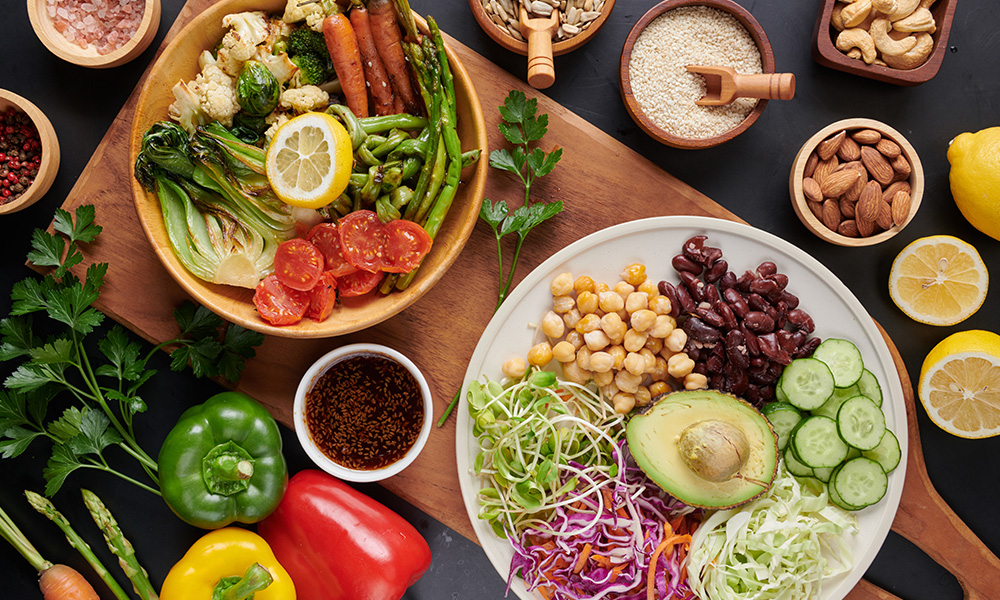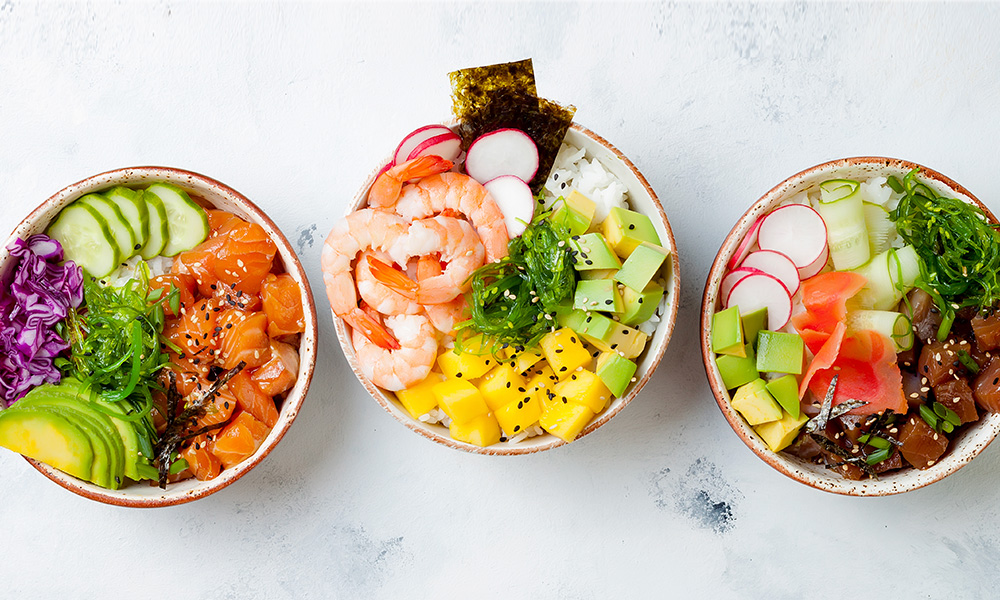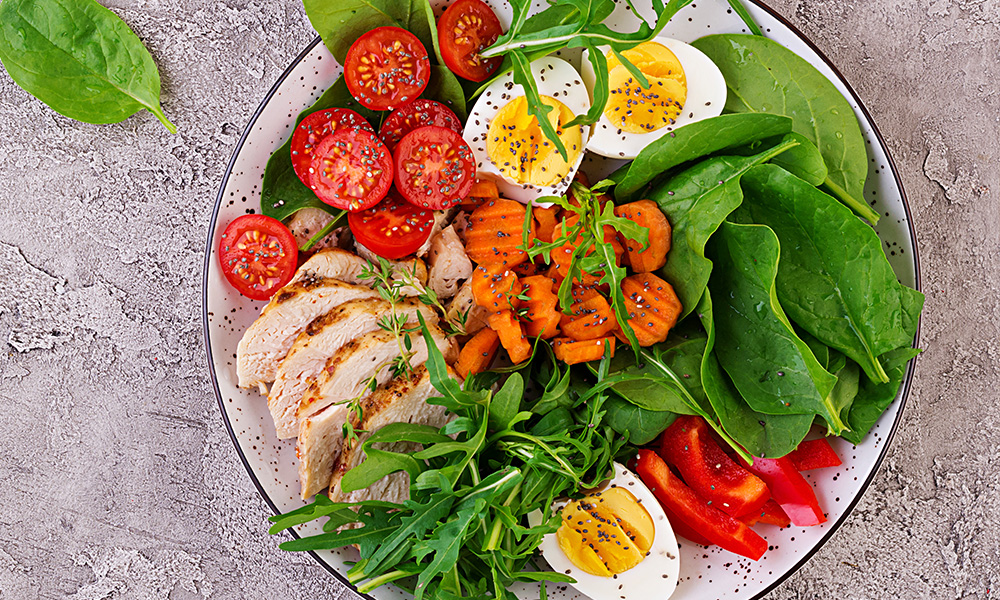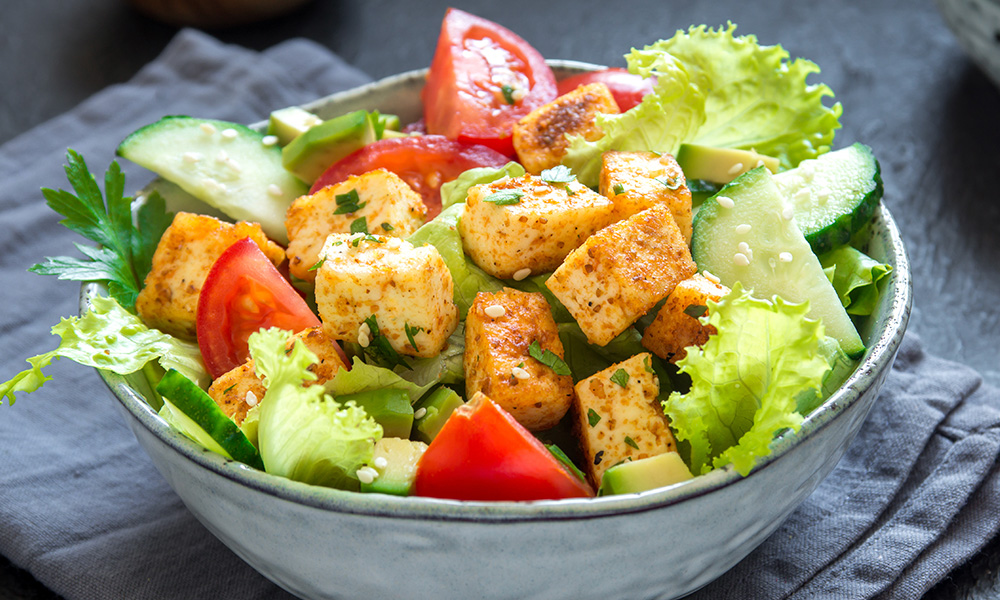Perk Up with 6 Tasteful Malaysian Drinks
Lighten your mood and rejuvenate your senses with 6 must-try Malaysian drinks!
Discover the authentic in Asian cuisine food

Vegan nowadays is almost always wrongly spoken of as a “hipster fad”, when in fact, it has a far longer history than you might think. (Read more about that here). Moreover, practising a healthy meat-free diet doesn’t necessarily mean going full vegan.

Before Donald Watson of the English Vegetarian Society coined the term “vegan” in 1944 and started advocating a fully plant-based diet, vegetarianism had been in practice since 3300-1300 BCE, both in the ancient Indus Valley and in ancient Greece.
While strictly adhering to a meat-free diet with no products or by-products of slaughter nor any foods made using processing aids from slaughter, a vegetarian diet actually include eggs, dairy products and honey.
There are even further distinctions in vegetarianism: the Lacto-Ovo consumes dairy products and eggs but no meat, poultry or seafood. The Lacto eats dairy products, but no eggs. The Ovo eat eggs but no dairy products, and then there’s the Pesco-Vegetarian who eats fish and seafood, but no poultry or meat.
Technically, Pesco-Vegetarian or Pescatarian doesn’t meet the common definition of vegetarian, but it is still a largely plant-based diet of whole grains, nuts and legumes, with seafood as the main protein source instead of meat and poultry. Eggs and dairy products are still okay, though.

Coined in the early 1990s, the term pescatarian is a combination of the Italian word for fish, “pesce”, and “vegetarian”, this diet has been proven to the same health benefits of vegans and vegetarians, including lower risk of obesity, heart disease and diabetes. Not to mention lowering your carbon footprint and easing other ethical concerns from food processing.
A pescatarian diet also gives you more food choices than full vegan, especially when eating out – a reprieve for foodies who also want to stay healthy. Baked, grilled, sautéed or steamed, fish makes a great nutritious dish with veggies, so long as it isn’t deep-fried.

Want to lose weight but not having “rabbit food” all the time? Then try the ketogenic diet. A low-carb, high-fat diet that puts your body into a metabolic state called ketosis. It makes your body burn fat not carbs. Because when you eat carbs, your body produces insulin, which causes fat cells to be stored instead of going to the liver to be used as energy. When you go low-carb, it lets the fat cells release stored water and be burned as fuel.
The ketogenic diet isn’t necessarily plant-based but helps you reduce carbs to lose more weight than a low-fat diet. It lowers the risks of many illnesses, including heart disease, cancer, Alzheimer’s, epilepsy, Parkinson’s, polycystic ovary syndromes, and even acne.
So, what do you eat? Whole, single-ingredient low-carb foods including meat, fish, eggs, avocados, nuts, and low-carb veggies such as bok choy, tomatoes, kale, gai lan (Chinese broccoli), and napa cabbage. That means no sugary foods, grains or starches, fruits (because of the sugar), beans or legumes, potatoes, alcohol and processed foods. Also restrict your condiments to salt, pepper, and healthy herbs or spices only.
Having a keto-friendly meal in restaurants can be easier than vegetarian. Order meat or fish-based dish, and replace any high-carb food with extra vegetables listed above. Egg-based meals such as omelette or eggs and bacon are good too. You can also get bun-less burgers, swap the fries for veggies, and add avocado, cheese, bacon or eggs.
Be careful though, only the standard ketogenic diet or the SKD is the most researched and most recommended. Others such as the cyclical and targeted ketogenic diets are for professional bodybuilders and athletes.
You will also experience some initial side effects known as the keto flu that includes poor energy, nausea and digestive discomfort. Don’t worry, it’s normal. Just remember to drink plenty of water and take potassium, magnesium and sodium supplements to ease your body into the new diet.

If all the above reads like too much work, just go flexitarian! Simply put, make it a habit to eat veggies as your main course, only have animal products on occasions and cut down on added sugar and sweets. No strict rules here, that’s why it’s called the “flexible vegetarian” diet.
Whichever diet you choose, remember: don’t starve yourself over false ideas of health, and always consult a dietician or doctor should you face any problems.

Lighten your mood and rejuvenate your senses with 6 must-try Malaysian drinks!

Pair your hearty barbecues with these refreshing Asian delights!

What are the properties of ginger, and how to pick, store and use ginger in your cooking? Find out here!